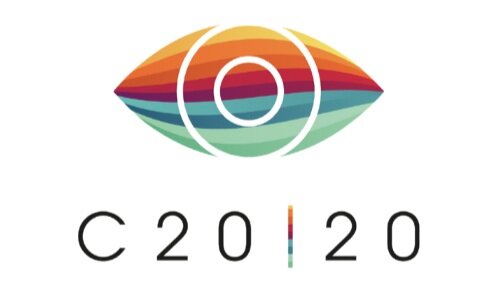In Vitro Testing
Our team has expertise and equipment with various types of in vitro testing to guide early stage product development.
The C20/20 team has extensive experience in the development of new drug delivery strategies for ophthalmic products. These include:
Extended release implants
Controlled release implants
Contact lens materials
Topical applications, including emulsions, micelles and nanoparticles
Intravitreal implants
In-situ gelling materials
Subretinal implants
Suprachoridal injections?
Intralenticular?
Intracameral?
Subconjunctival/subtenon?
These strategies can be used to improve drug loading, increase drug solubility, reduce dosing and minimize product side effects. In vitro testing assess drug loading,
Cell Culture Based Testing
Design and develop appropriate in vitro assays to test the toxicity/activity of the drug/inhibitor/polymer.
IC50 toxicity analyses, Cell Viability analyses (Annexin V, MTT etc.)
DNA/RNA-based genetic assays (RT-PCR, PCR array, NanoString etc.)
Western blot and Immunofluorescence-based assays to track the downstream signalling
ELISA for the molecule under investigation.
In vitro drug loading and release studies
Design of experimental protocols to best mimic in vivo conditions
Determining and quantifying drug using HPLC with different detectors including UV, Fluorescence and Mass spectrometer.
Incorporation drug into bulk material, micelles, nanoparticles and microemulsions etc.
Assessment of the stability of loaded drugs
Available Cell Lines
Human Primary Retinal Pigment Epithelial Cells (ARPE-19)
Human Primary Lens Epithelial Cells (FHL-124, HLEB3)
Human Primary Trabecular Meshwork Cells (HTM)
Human Primary Corneal Epithelial Cells (HCEC, Transformed)
Mouse Retinal Ganglion Cells (RGC-5)

